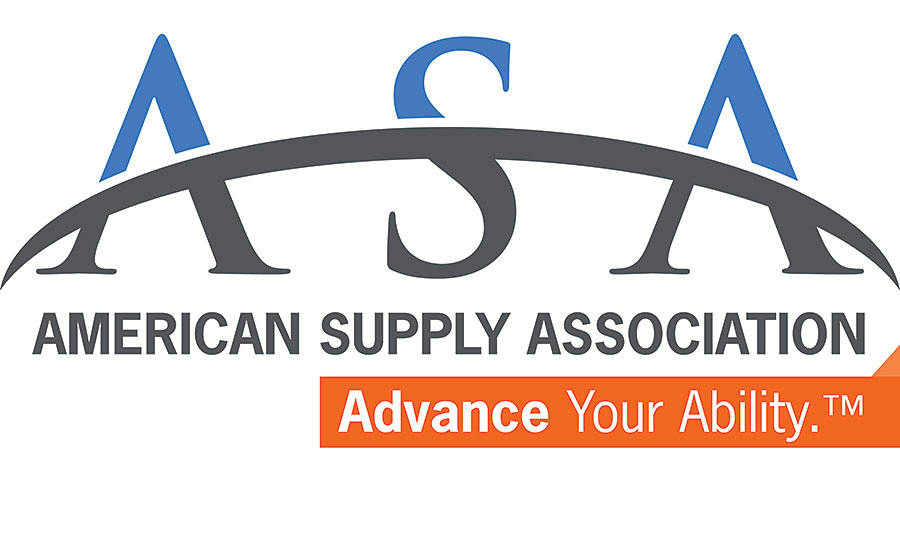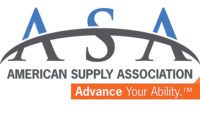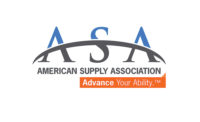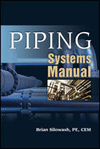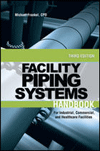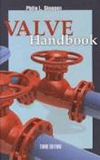While attending the recent ASHRAE meetings in Chicago, I was reminded about the Department of Energy conservation standards for pumps that was adopted in March 28, 2016, with a full compliance date of January 21, 2020.
Although that seems like a far way off, I am taking this opportunity to remind you of the rule and its requirements and for some of you, make you aware of the new rule for maybe the first time.
The Energy Policy and Conservation Act of 1975 (EPCA), as amended, sets forth a variety of provisions designed to improve energy efficiency. Part C of Title III establishes the ‘‘Energy Conservation Program for Certain Industrial Equipment.’’ In this final rule, the DOE adopted new energy conservation standards for pumps and determined “the new energy conservation standards for pumps would result in significant conservation of energy and are technologically feasible and economically justified.”
The new standards are expressed as a Pump Energy Index (PEI). PEI is defined as the pump efficiency rating (PER) for a given pump model (at full impeller diameter), divided by a calculated minimally compliant PER for the given pump model. PER is defined as a weighted average of the electric input power supplied to the pump over a specified load profile, represented in units of horsepower (hp). A value of PEI greater than 1.00 would indicate the pump does not comply with DOE’s energy conservation standard, while a value less than 1.00 would indicate the pump is more efficient than the standard requires.
The PEI is further delineated into two types: constant load PEI (PEICL) for pumps sold without continuous or non-continuous controls (i.e., either bare pumps or pumps sold inclusive of motors but not continuous or non-continuous controls); and a variable-load PEI (PEIVL) for pumps sold with continuous or non-continuous controls.
The new standards apply to “clean water pumps” defined as “a pump that is designed for use in pumping water with a maximum nonabsorbent free-solid content of 0.016 pounds per cubic foot and with a maximum dissolved solid content of 3.1 pounds per cubic foot, provided the total gas content of the water does not exceed the saturation volume and disregarding any additives necessary to prevent the water from freezing at a minimum of 14 °F.” The scope of coverage is further defined by the following five categories of clean water pumps: end-suction close-coupled; end-suction frame- mounted/own bearings; in-line; radially split, multi-stage, vertical, in-line diffuser casing; and submersible turbine.
DOE established a uniform test procedure for determining the energy consumption of pumps, as well as sampling plans for the purposes of demonstrating compliance with the energy conservation standards. The pump manufacturer will be required to submit a certification report for each model series on an annual basis to the DOE by Sept. 1 of each year.
Pumps will be required to include on the label the appropriate PEICL or PEIVL and the unit’s impeller diameter. It should be noted the impeller diameter placed on the label is the actual diameter of each unit as sold, not the full impeller diameter at which the pump is rated. The DOE considered that when pump manufacturers sell a bare pump to a distributor, the distributor may trim the impeller prior to selling the pump to a customer. The manufacturer in labeling the product either notes the impeller diameter of the pump or leaves a blank space for the distributor to fill in if the impeller is trimmed. The same information that must appear on a pump’s permanent nameplate also must be prominently displayed on each page of a catalog that lists the pump; and in other materials used to market the pump.
Remember, the compliance date of Jan. 21, 2020, is related to the date of manufacture and not the date of sale. So products in the marketplace produced prior to the compliance date but not yet sold to the consumer do not fall under the new rules.
To get more information on the new rule and background information on the development of the new rules and potential impacts of implantation you can go to DOE Energy Conservation Standards for Pumps.
